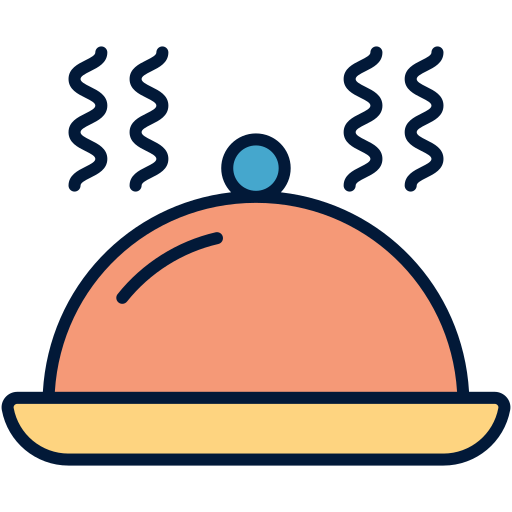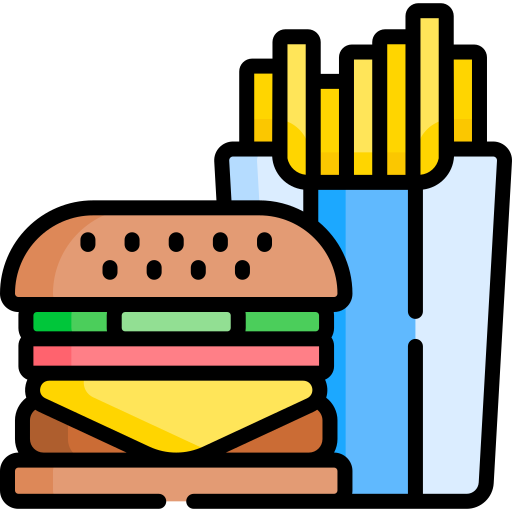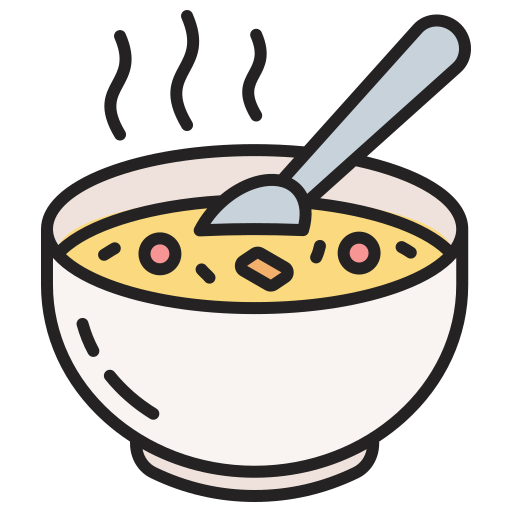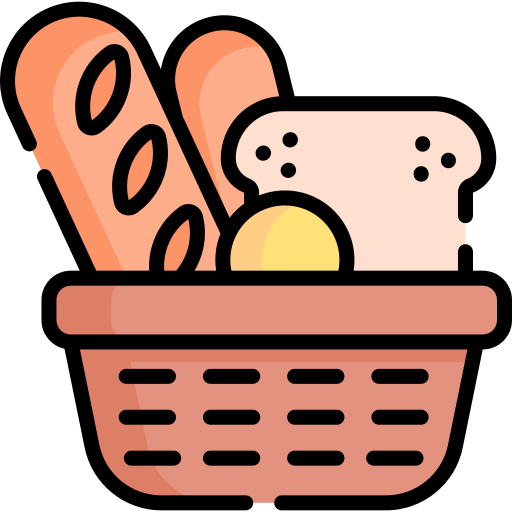Kitchen Essentials Guide
If you’re setting up a new kitchen or refreshing your current one, this Kitchen Essentials Guide is the perfect starting point. Having the right tools can make cooking smoother, more enjoyable, and ultimately more delicious. Whether you’re a beginner or a seasoned home cook, stocking your kitchen with these essentials covers most recipes and cooking styles.
From knives to pans, each item in this guide plays a vital role. We’ll explain why you need them, and what to look out for when buying to ensure you get the best value. For those looking for quick recipes after stocking up, check out Easy Weeknight Dinners.
Why You’ll Love It
Having a set of trusted kitchen tools simplifies meal prep and elevates your cooking confidence. This guide helps you build that foundation so you can enjoy making everything from simple breakfasts to elaborate dinners.
Kitchen essentials are the building blocks for versatility, efficiency, and creativity in the kitchen—no more hunting for missing tools mid-recipe or relying on takeout too often.
Ingredients
- Chef’s Knife: A sharp, comfortable knife for chopping and slicing (substitute: santoku knife).
- Cutting Boards: Preferably wood or BPA-free plastic to prevent dulling knives.
- Measuring Cups & Spoons: For dry and liquid ingredients, vital for baking precision.
- Mixing Bowls: Various sizes, preferably stainless steel or glass.
- Non-stick Skillet: Ideal for sautéing vegetables and cooking eggs.
- Saucepan: Medium size for sauces, grains, or boiling pasta.
- Baking Sheet: Used for roasting veggies, baking cookies, or reheating.
- Colander: To drain pasta and rinse vegetables.
- Wooden Spoon: Gentle on cookware and useful for stirring.
- Spatula: For flipping and scraping bowls.
Step-by-Step Instructions
- Invest in a quality chef’s knife as your primary cutting tool. Keep it sharp and clean to last years.
- Select cutting boards suited to your prep needs, designate separate ones for meats and vegetables to avoid cross-contamination.
- Use measuring cups and spoons every time you bake or cook new recipes to ensure accuracy.
- Have multiple mixing bowls ready for washing, mixing, and serving without interruption.
- Use your non-stick skillet for low to medium-heat cooking to preserve the coating.
- Cook grains or simmer sauces in your saucepan for versatile use.
- Roast and bake on a rimmed baking sheet lined with foil or parchment for easy cleanup.
- Rinse produce and drain pasta thoroughly in a colander.
- Use wooden spoons for stirring hot mixtures without scratching pans.
- Flip pancakes, eggs, and more using a flexible spatula.
Expert Tips
Regularly sharpen your chef’s knife to keep cooking safe and efficient. Opt for BPA-free plastic cutting boards if you want something easier to sanitize. Always hand wash wooden utensils to maintain longevity. Consider your stove type when choosing cookware—some pans work better on induction or gas than others.
Storage
Store knives in a knife block or magnetic strip to protect blades. Keep measuring tools and utensils in dedicated drawers or containers for easy access. Mixing bowls nest for compact storage. Make sure pans are dry before stacking to avoid damage.
Variations
For gluten-free cooking, these tools remain largely the same. Vegan cooks can focus on plant-based recipes using these basics. Consider silicone baking mats as an alternative for refined sugar-free or oil-free baking options.
FAQ
What is the most important item in the Kitchen Essentials Guide? The chef’s knife is often the most critical tool — a good one makes prep faster and safer.
Can I start cooking with only a few kitchen essentials? Absolutely. This guide outlines the basics, and you can add specialized tools as you go.
How often should I replace kitchen tools? Replace items like cutting boards and non-stick pans once they show wear or damage.
Does the Kitchen Essentials Guide cover appliances? This guide focuses on tools and utensils, but small appliances like mixers can be great additions.
How do I keep kitchen essentials organized? Use drawer dividers and utensil holders to keep everything accessible and tidy.
Call to Action
Do you have favorite kitchen essentials not on this list? Share your must-haves in the comments below! Don’t forget to save this Kitchen Essentials Guide for your next kitchen refresh, and share it with friends who love to cook. Check out more tips and simple recipes at Meal Planning Tips.
For trusted recipe inspiration, visit Food Network and explore their extensive collection.











